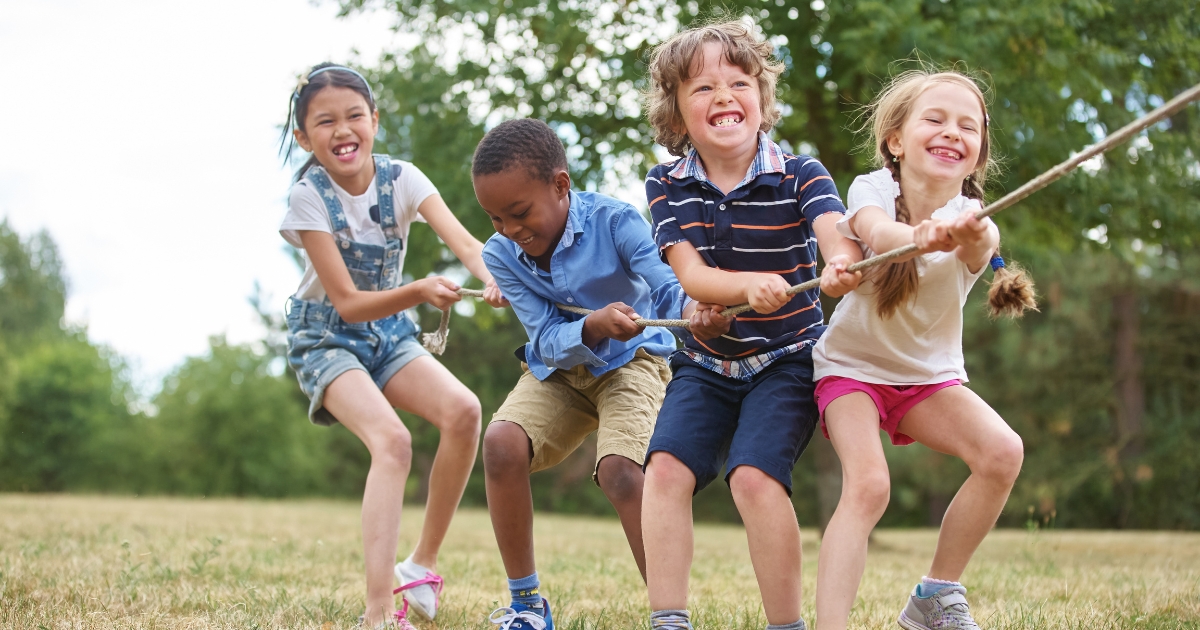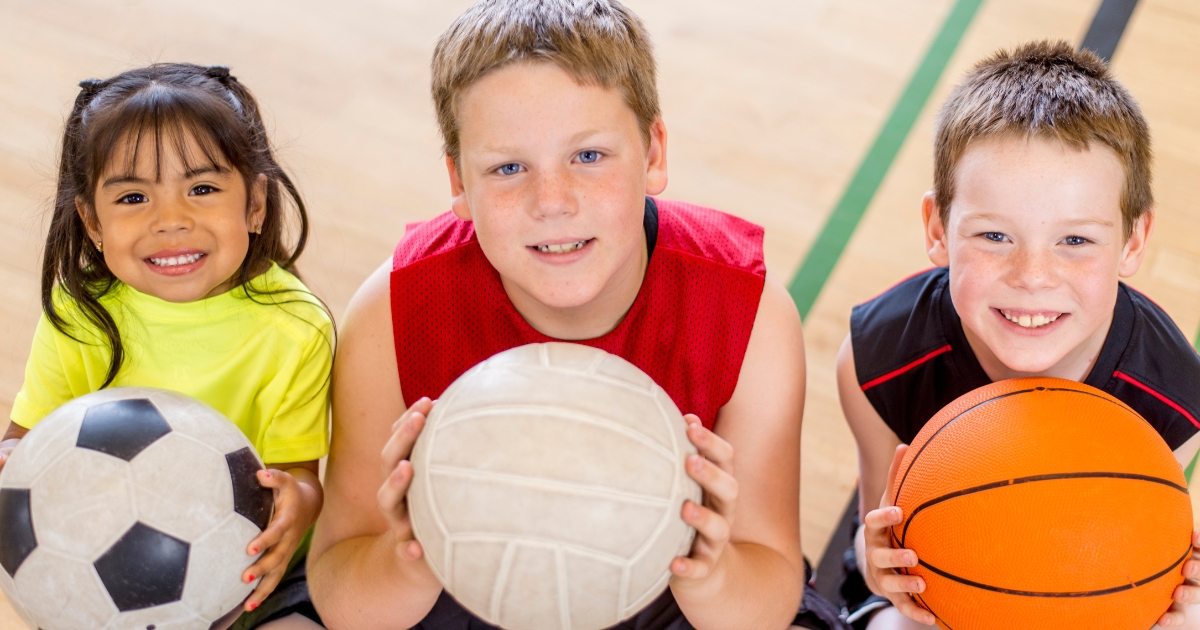For homeschooling parents, ensuring a well-rounded curriculum that includes physical education can feel challenging, but it’s an essential part of your child’s growth. Physical education doesn’t just boost physical health; it also promotes mental well-being, builds confidence, and improves social skills.
If you’re asking yourself, “What are the best PE activities for homeschool kids?” this article is here to provide practical ideas to make physical education a fun, engaging, and valuable part of your homeschool routine.
Why Is PE Important for Homeschool Kids?
Physical activity supports more than just fitness. It enhances core motor skills, helps with focus, and encourages healthy habits from a young age. Many parents wonder how to include PE in a homeschool setting, and the answer lies in choosing accessible, enjoyable activities. These activities can be adjusted to fit your space, resources, and your child’s interests.
Here are 10 effective physical education ideas to help you get started.
1. Obstacle Courses
Obstacle courses offer versatile, customizable challenges that support agility, balance, and coordination.
- Use household items like chairs, cushions, broomsticks, or painter’s tape to create pathways.
- Incorporate crawling under tables, jumping over objects, and balancing along a line of tape.
- Make it a timed challenge or create several variations to build excitement.
This activity keeps kids active and mentally stimulated as they figure out how to complete each stage.
2. Simon Says with a Physical Twist
This classic game gets an upgrade when you add physical movements.
- Include commands like jumping jacks, hopping on one foot, or lunging.
- Encourage your child to pay attention by alternating between simple and tricky instructions.
This activity develops listening skills, concentration, and gross motor abilities, all while being playful and fun.
3. Dance and Movement
Introducing dance to your PE curriculum can be a lively and creative way to stay active.
- Access free or paid online tutorials based on your child’s skill level.
- Play your child’s favorite music and incorporate freeze dance, where they must stop moving when the music pauses.
- Experiment with different styles, like hip-hop, salsa, or freestyle.
Dance improves flexibility, coordination, and rhythm. It also fosters creativity and encourages self-expression.
4. Yoga and Mindfulness
Yoga offers both physical and mental benefits.
- Start with simple poses like tree, child’s pose, or downward dog.
- Use children’s yoga videos to guide sessions.
- Add deep breathing exercises or guided imagery to promote relaxation and focus.
Yoga helps with flexibility, strength, balance, and mindfulness, making it ideal for homeschool PE.
5. Sports Basics
Introduce your child to team sports by teaching basic skills and rules.
- Use a soft ball to practice indoor basketball or set up a mini soccer goal in the yard.
- Practice dribbling, passing, and shooting to develop hand-eye coordination.
- If space allows, play small games like tossing a Frisbee or badminton.
Sports teach teamwork, improve motor skills, and are a great way to keep physical education exciting.
6. Hiking and Outdoor Adventure
For kids who enjoy the outdoors, hiking or nature walks are a perfect fit.
- Plan visits to local parks, trails, or even a safe path in your neighborhood.
- Turn walks into learning opportunities by identifying plants, animals, or insects.
This activity not only strengthens muscles and builds endurance but also connects kids with nature and encourages curiosity.
7. Scavenger Hunts
Scavenger hunts encourage movement while boosting problem-solving and observation skills.
- Create a list of simple items for your child to find around the house or yard.
- Add physical challenges between clues, like hopping or crawling to the next spot.
- Use themes like nature scavenger hunts or story-based adventures to keep things fresh.
Scavenger hunts are flexible and can be tailored to match your child’s interests and energy level.
8. Chalk Art Obstacles
Blend creativity with movement by creating chalk obstacles outside.
- Ask your child to draw patterns or paths and then follow them by hopping, jumping, or balancing.
- Incorporate challenges like zigzag running or leapfrogging over an imaginary river.
This activity allows kids to express creativity while staying active.
9. Interactive Technology
Use technology to add a digital spin to PE activities.
- Explore apps, virtual reality setups, or video games that involve physical movement.
- Try dance games, fitness challenges, or step trackers to encourage friendly competition.
- Monitor progress and set fitness goals using apps designed for children.
Interactive technology engages children who enjoy digital tools while promoting exercise.
10. Playdates and Group Activities
Physical activities with peers can build social and teamwork skills.
- Organize small group sessions like relay races, team soccer, or tag games.
- Do virtual challenges with other homeschooling families for added excitement.
- Set up co-op groups to share PE ideas and rotate hosting responsibilities.
This collaborative approach makes physical education fun and interactive while helping children build friendships.

Making PE a Consistent Part of Homeschooling
Fitting physical education into your homeschool schedule ensures your child gets daily exercise. Aim for a mix of activities that address different fitness goals, such as aerobic exercises, strength training, and skill-building.
Aerobic Activities
- Brisk walking, running, or jogging.
- Jumping rope for a quick heart-pumping session.
- Riding bikes or scooters for fun workouts.
Strength-Building Exercises
- Push-ups, planks, or sit-ups using proper form.
- Use resistance bands or light hand weights for age-appropriate strength activities.
Flexibility Exercises
- Stretching routines to prevent stiffness and improve range of motion.
- Yoga poses combined with deep breathing for added mindfulness.
Skill-Based Games
- Tossing and catching games with balls or bean bags.
- Fun drills like bowling with household items or target practice.
Including variety ensures your child stays motivated and develops a lifelong love for physical activity.
Tips for Success
- Know Your Child’s Interests
Pay attention to your child’s preferences. Choose activities that feel fun and exciting for them—whether it’s dancing, exploring the outdoors, or playing sports. - Be Flexible with Time
PE doesn’t have to last hours. Short, 20–30 minute sessions work well. The key is consistency. - Mix Things Up
Add variety to keep your child engaged. Alternate between indoor and outdoor activities or combine physical exercise with educational themes. - Track Progress
Celebrate small achievements to keep motivation high. For example, track how many seconds they can hold a balance pose or how fast they complete an obstacle course. - Model the Behavior
Join in on the activities when you can. Your enthusiasm will inspire your child to stay active.
Physical education doesn’t have to feel like a chore. By tailoring activities to your child’s interests, mixing things up, and maintaining a fun, enthusiastic approach, PE can easily become one of the highlights of your homeschooling day. If you’re still asking, “What are the best PE activities for homeschool kids?” just remember—you’ll find success in keeping movement creative, consistent, and enjoyable!



